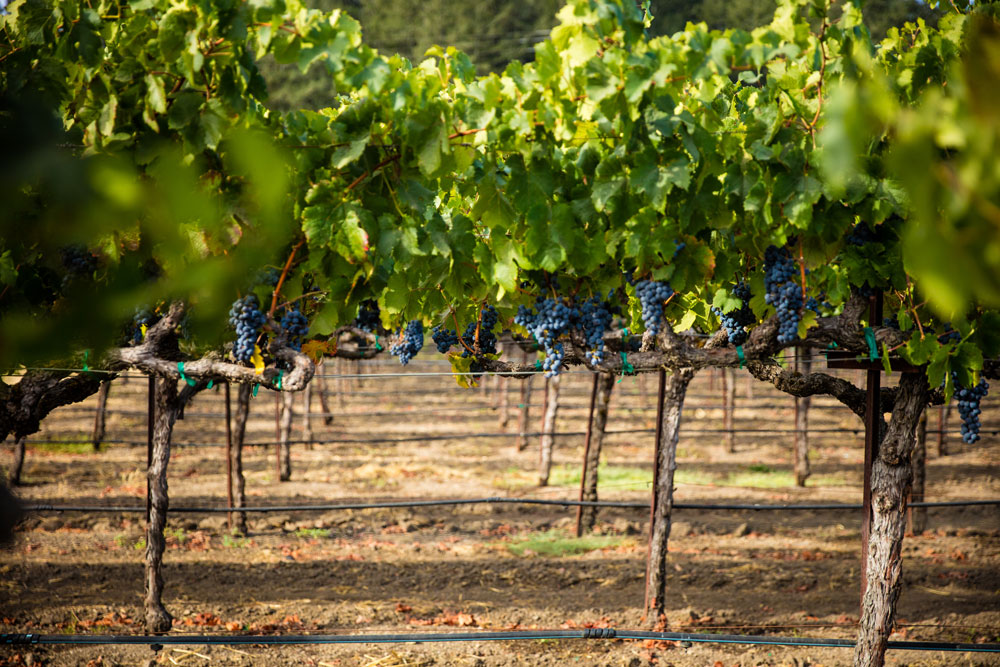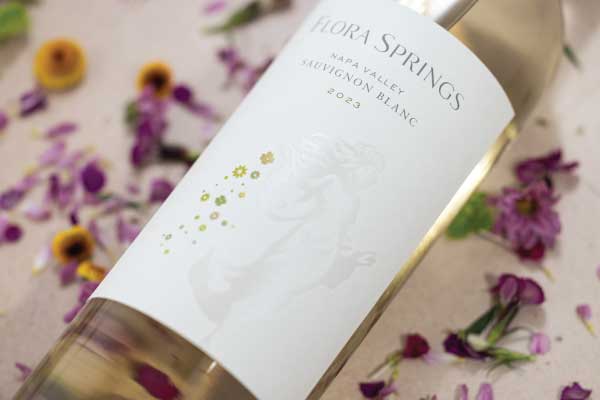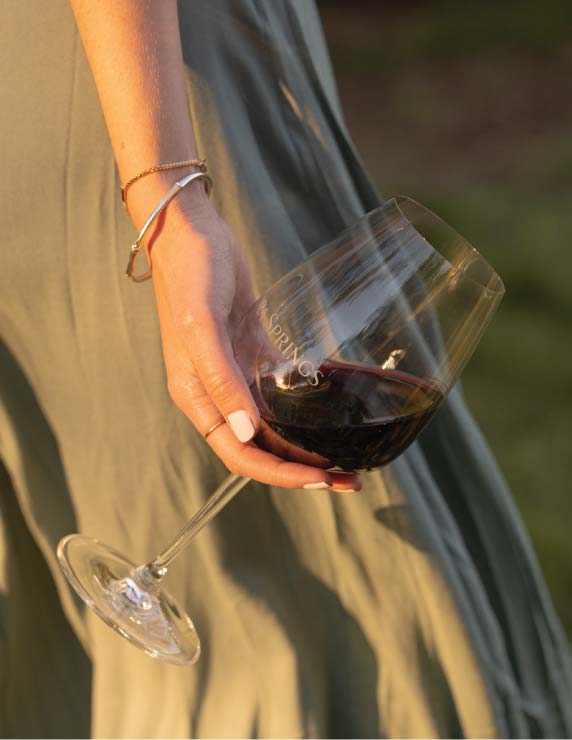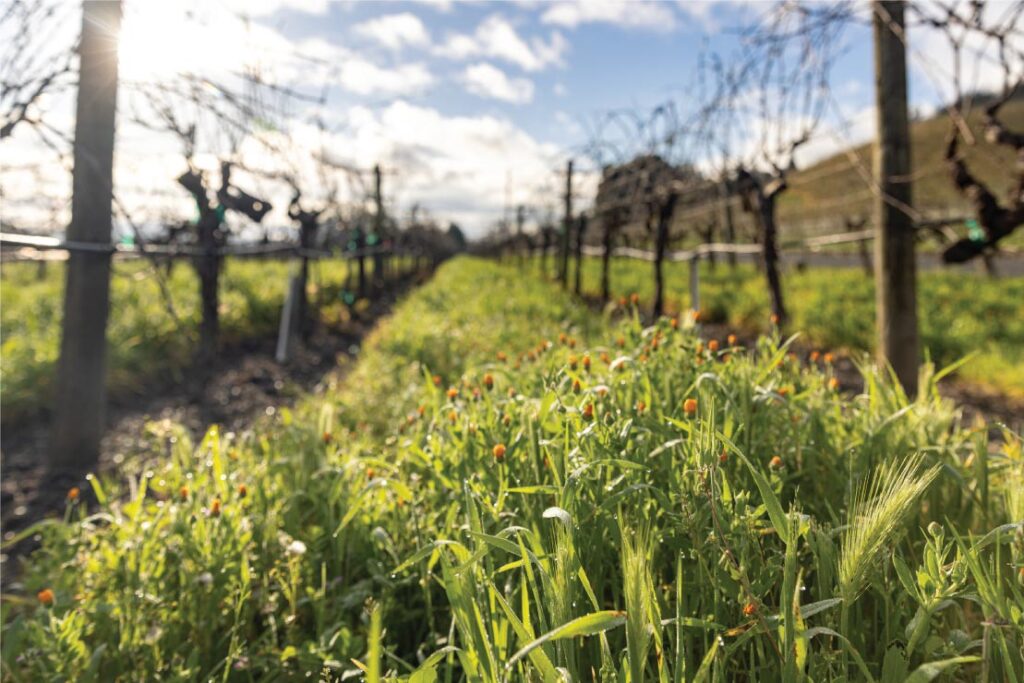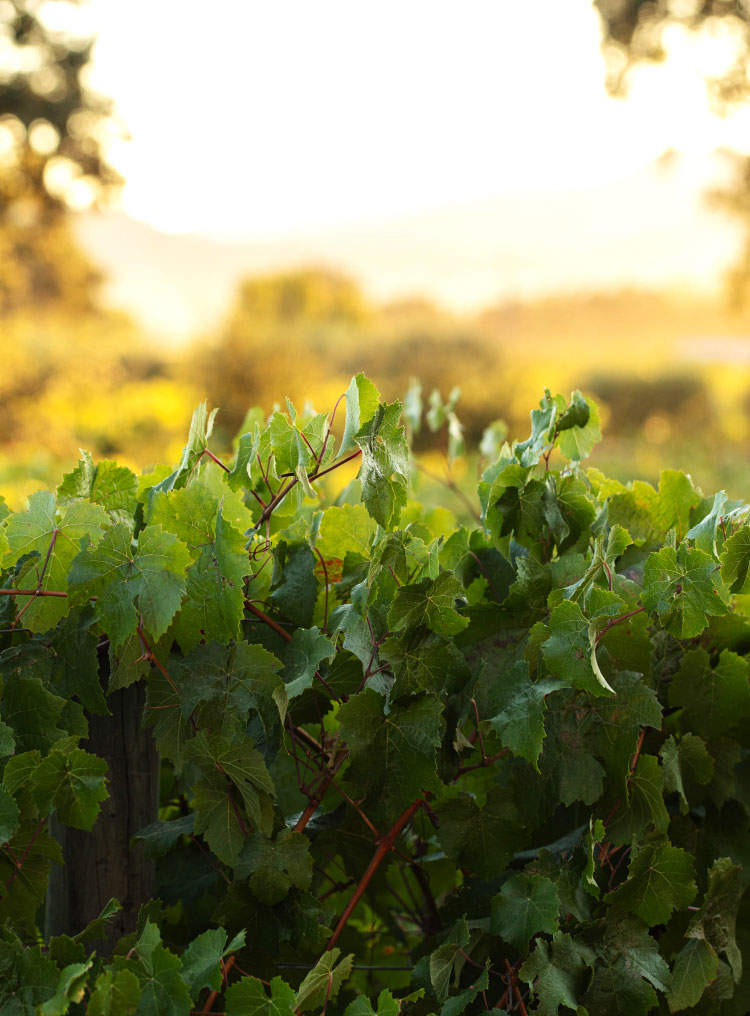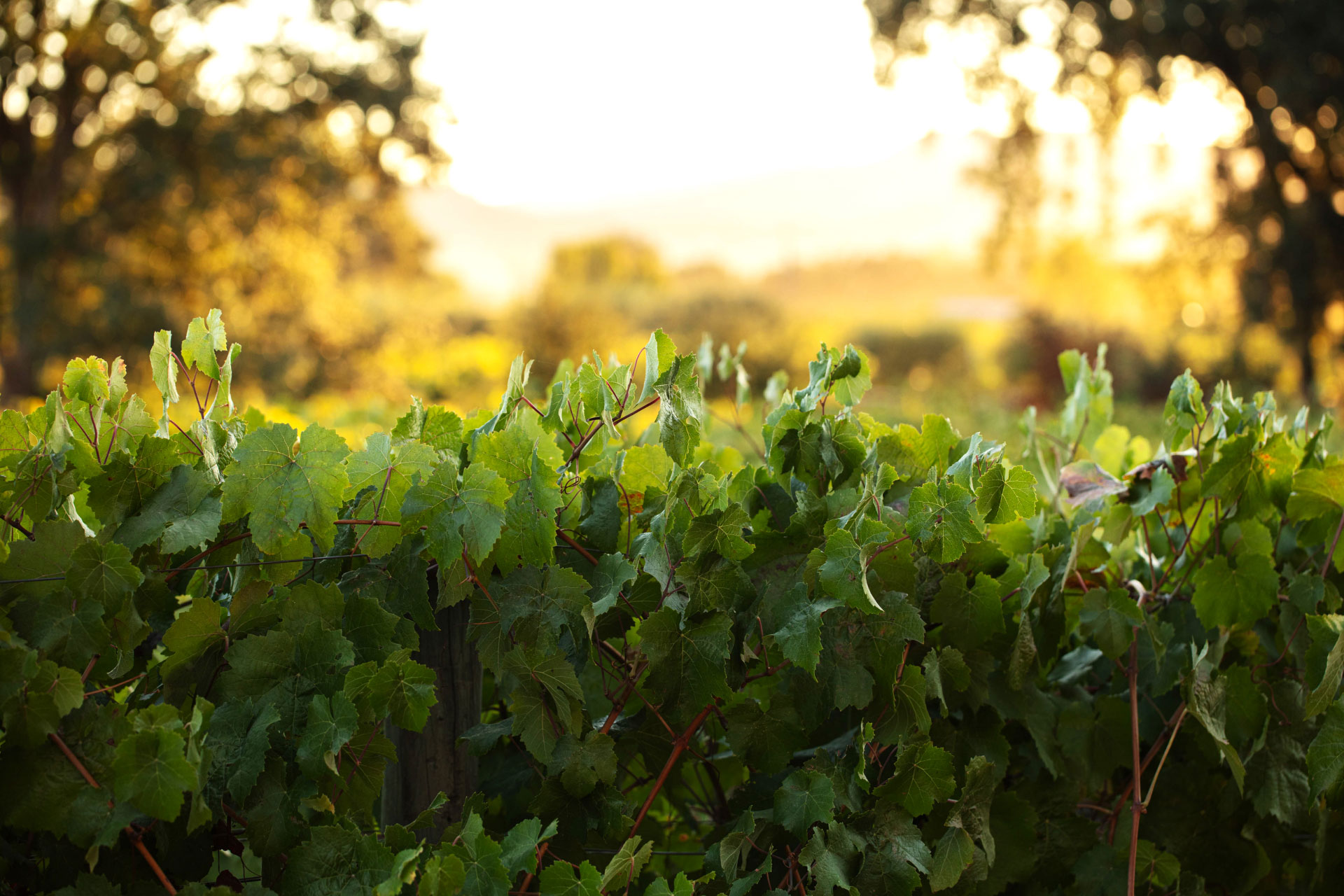We Have a Thirst for Conserving Water
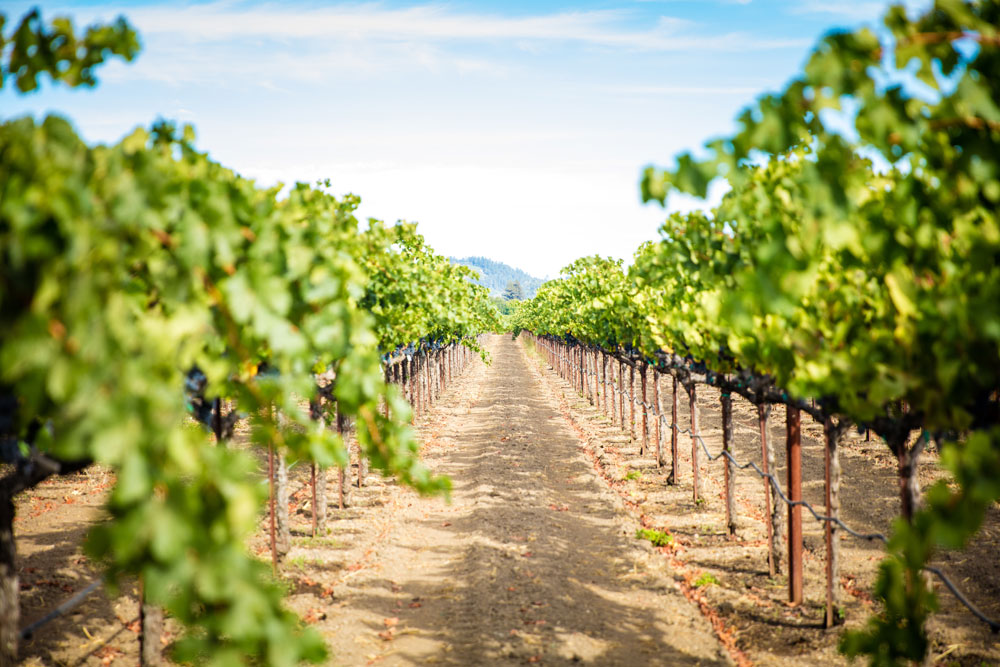
When you live in California, you understand deep down that water is a precious resource. Periodic droughts have been a fact of life here for decades if not centuries, and even in years when winter storms are plentiful, our Mediterranean climate means we get very little – if any – rain from May through September.
That’s actually good for grape growing, since wine grapes don’t require as much water as many other crops. But grapevines do need some water, and as farmers we’re always looking for ways to irrigate as judiciously as possible. It begins by studying our soils.
One vineyard or even one block can have several types of soils; Napa Valley has more than 100 soil variations. We know that soils heavy in clay need less water than sandy soils, which drain more easily. So we adjust our irrigation regimes to match these different soil types.
For example, at the Komes Ranch, we have six irrigation zones within one 15-acre block. Once we’ve “mapped” the soils, we use several different technologies to measure vine stress during the growing season. These include aerial images (known as Normalized Di erence Vegetation Index or NDVI) that help us understand which sections of our vineyards are undergoing heat stress. We also use fancy sounding evapotranspiration sensors, sap flow meters and soil sensors that measure the water content of our soils and stress of the vines.
By using these measurements, we are able to precisely target the areas of our vineyards that need irrigation. Over the last few years these technologies have resulted in water savings of approximately 50%. What’s more, we’ve found that being more precise in our irrigation practices results in higher quality grapes, a win/win for us and the planet!
Napa Valley Vineyards
With estate properties stretching from the cool, rolling hills of Carneros to the famed sub-appellations of Oakville, Rutherford and St. Helena, Flora Springs produces varietal wines ranging from Sauvignon Blanc and Chardonnay to Merlot, Cabernet Sauvignon and other red Bordeaux varietals. Each year the family selects a small percentage of the yield for their own wines, selling the remaining fruit to neighboring Napa Valley wineries. This selection puts the focus on quality, not quantity, resulting in hand-crafted wines that meet the family’s exacting standards. Learn more about our Napa Valley vineyards.
Sustainable Farming
As a family that came to the wine business as farmers first, our love of the land influences everything we do. Our environmental stewardship led us to embrace sustainable and organic farming early on. Our search for superior vineyards sites led us to acquire land in some of Napa Valley’s finest appellations, including Rutherford, Oakville, St. Helena and Carneros. Over the years, as we’ve planted and replanted this land to vines, we’ve experimented with rootstocks, clones, trellising systems and a variety of viticultural techniques, always striving to produce the best possible quality.
Every wine we produce, from Trilogy to our single-vineyard Cabernet Sauvignons, is crafted to express the singular soils, microclimates, and beauty of its respective vineyard origins. Learn more about our sustainable farming practices.
Back to News
